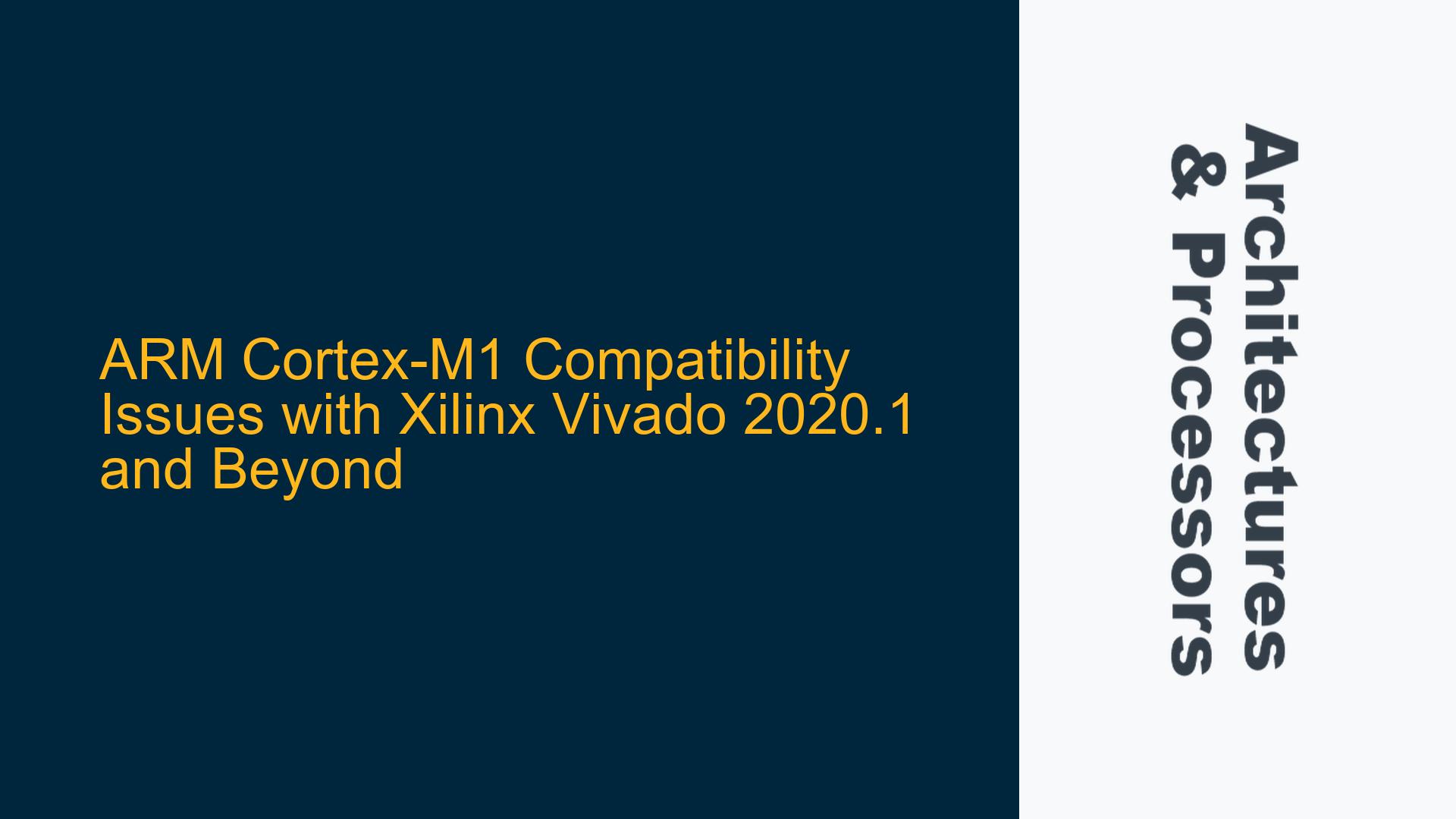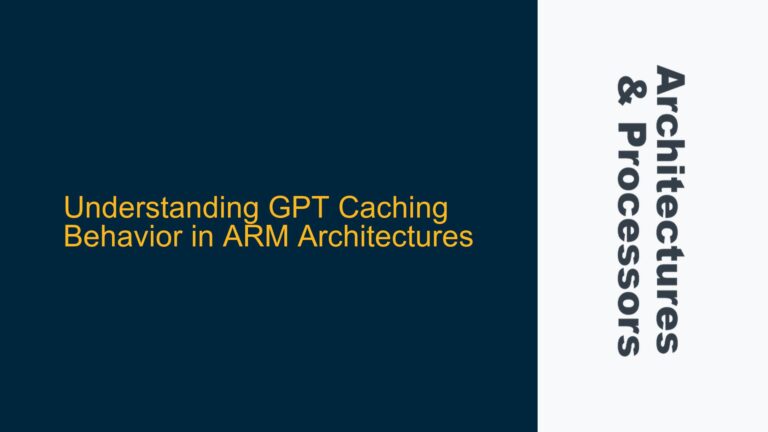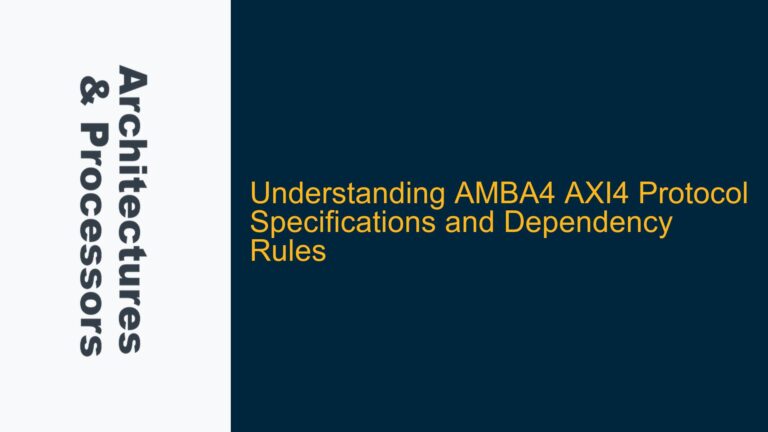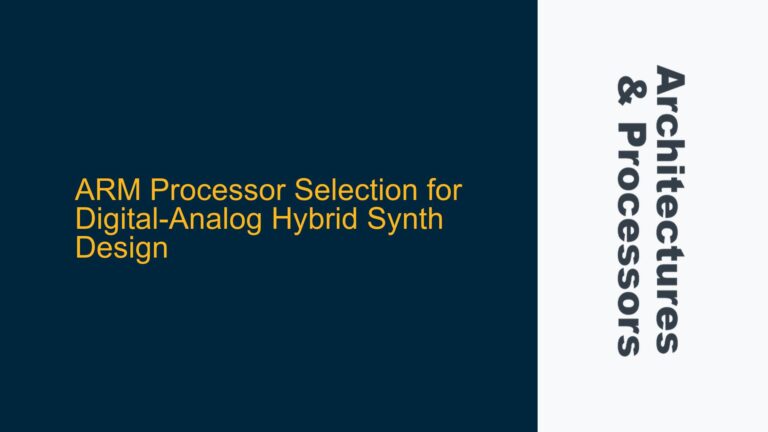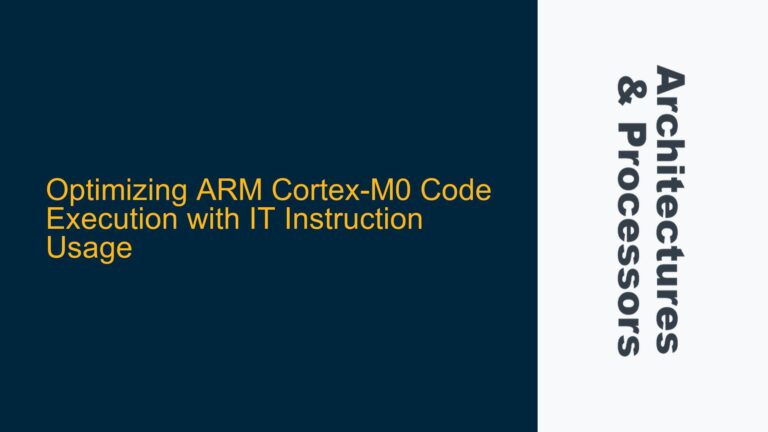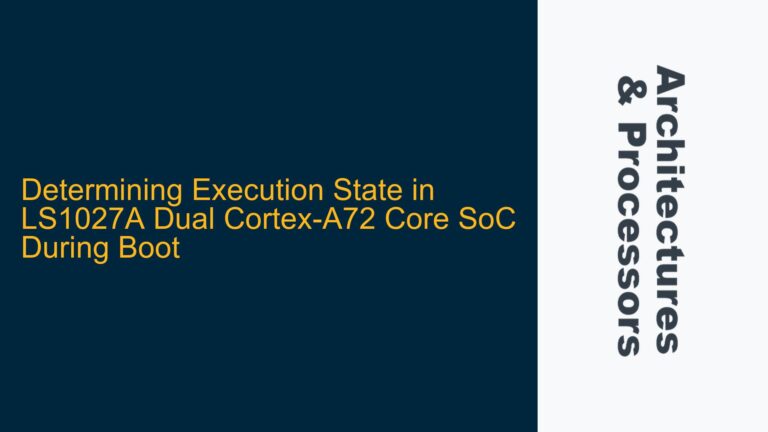ARM Cortex-M1 ITCM Update Failures in Xilinx Vivado 2020.1
The ARM Cortex-M1, a popular soft-core processor designed for FPGA implementations, has been widely used in embedded systems due to its flexibility and compatibility with FPGA toolchains. However, users have reported significant issues when attempting to use the Cortex-M1 with Xilinx Vivado 2020.1 and later versions. Specifically, the Instruction Tightly Coupled Memory (ITCM) fails to update correctly during the build process, rendering the example projects non-functional. This issue is particularly problematic for developers who rely on the Cortex-M1 for their FPGA-based designs and wish to leverage the newer features and optimizations available in Vivado 2020.1 and subsequent releases.
The ITCM is a critical component of the Cortex-M1 architecture, providing low-latency access to frequently executed instructions. When the ITCM update process fails, the processor cannot fetch the correct instructions, leading to undefined behavior or system crashes. This issue is not merely a minor inconvenience but a fundamental blocker for developers who need to migrate their projects to newer versions of the Xilinx toolchain. The problem appears to be rooted in the interaction between the Cortex-M1’s memory update mechanisms and the changes introduced in Vivado 2020.1, which may include updates to the synthesis engine, memory initialization routines, or timing constraints.
Given the importance of the Cortex-M1 in FPGA-based designs, this issue has significant implications for developers who are locked into using older versions of the Xilinx tools. The inability to upgrade to newer versions of Vivado limits access to critical bug fixes, performance improvements, and new features, potentially hindering the development of future projects. Furthermore, the lack of official updates or patches from ARM or Xilinx exacerbates the problem, leaving developers to find workarounds or alternative solutions on their own.
Changes in Vivado 2020.1 Memory Initialization and Synthesis Engine
The failure of the ITCM update process in Vivado 2020.1 can be attributed to several potential causes, primarily related to changes in the toolchain’s memory initialization and synthesis engine. One of the most significant changes in Vivado 2020.1 is the introduction of a new synthesis engine that optimizes memory initialization and timing constraints more aggressively than previous versions. This new engine may inadvertently interfere with the Cortex-M1’s ITCM update mechanism, leading to incomplete or incorrect memory updates.
Another potential cause is the modification of memory initialization routines in Vivado 2020.1. The Cortex-M1 relies on specific memory initialization sequences to ensure that the ITCM is correctly populated with instructions before the processor begins execution. If these sequences are altered or optimized out by the new synthesis engine, the ITCM may not be updated as expected. This could result in the processor attempting to execute invalid or outdated instructions, leading to system instability or failure.
Additionally, changes to the timing constraints in Vivado 2020.1 may also contribute to the issue. The Cortex-M1’s ITCM update process is highly timing-sensitive, and any alterations to the timing constraints could disrupt the sequence of operations required for a successful update. This is particularly relevant in FPGA designs, where timing constraints play a crucial role in ensuring that signals propagate correctly through the logic fabric.
Finally, it is possible that the issue stems from a lack of updates to the Cortex-M1’s support files and scripts for newer versions of Vivado. The example projects and scripts provided by ARM may not have been updated to account for the changes introduced in Vivado 2020.1, leading to compatibility issues. This could include outdated memory initialization scripts, incorrect synthesis directives, or missing timing constraints that are necessary for the ITCM update process to function correctly.
Modifying Memory Initialization Scripts and Synthesis Directives
To address the ITCM update failures in Vivado 2020.1, developers can take several steps to modify the memory initialization scripts and synthesis directives to ensure compatibility with the new toolchain. The first step is to review the memory initialization scripts provided with the Cortex-M1 example projects and compare them with the requirements for Vivado 2020.1. This may involve updating the scripts to include new directives or modifying existing ones to align with the changes in the synthesis engine.
One critical area to focus on is the initialization of the ITCM memory. Developers should ensure that the memory initialization sequence is correctly specified in the scripts and that it is not being optimized out by the synthesis engine. This may require adding explicit directives to preserve the initialization sequence or modifying the sequence to match the new synthesis engine’s requirements. Additionally, developers should verify that the timing constraints for the ITCM update process are correctly specified and that they align with the timing requirements of the Cortex-M1.
Another important step is to review the synthesis directives used in the example projects. The new synthesis engine in Vivado 2020.1 may require different or additional directives to ensure that the ITCM update process is correctly handled. Developers should consult the Vivado documentation and the ARM Cortex-M1 technical reference manual to identify any necessary changes to the synthesis directives. This may include adding directives to control memory initialization, timing constraints, or synthesis optimizations that could affect the ITCM update process.
In some cases, it may be necessary to manually modify the generated bitstream to ensure that the ITCM is correctly updated. This can be a complex and error-prone process, but it may be required if the automatic initialization process is not functioning correctly. Developers should carefully review the bitstream generation process and make any necessary modifications to ensure that the ITCM is correctly populated with instructions before the processor begins execution.
Finally, developers should consider reaching out to ARM and Xilinx for support and guidance on this issue. While the lack of official updates or patches is frustrating, both companies may be able to provide additional insights or workarounds that can help resolve the issue. Additionally, developers can collaborate with the broader community to share their experiences and solutions, potentially leading to a more robust and widely applicable fix for the ITCM update failures in Vivado 2020.1.
In conclusion, the ITCM update failures in Vivado 2020.1 are a significant issue for developers using the ARM Cortex-M1 in FPGA-based designs. By understanding the potential causes of the issue and taking proactive steps to modify memory initialization scripts and synthesis directives, developers can work towards resolving the issue and ensuring that their projects remain compatible with newer versions of the Xilinx toolchain. While the process may be complex and time-consuming, the benefits of accessing the latest features and optimizations in Vivado 2020.1 and beyond make it a worthwhile endeavor.
